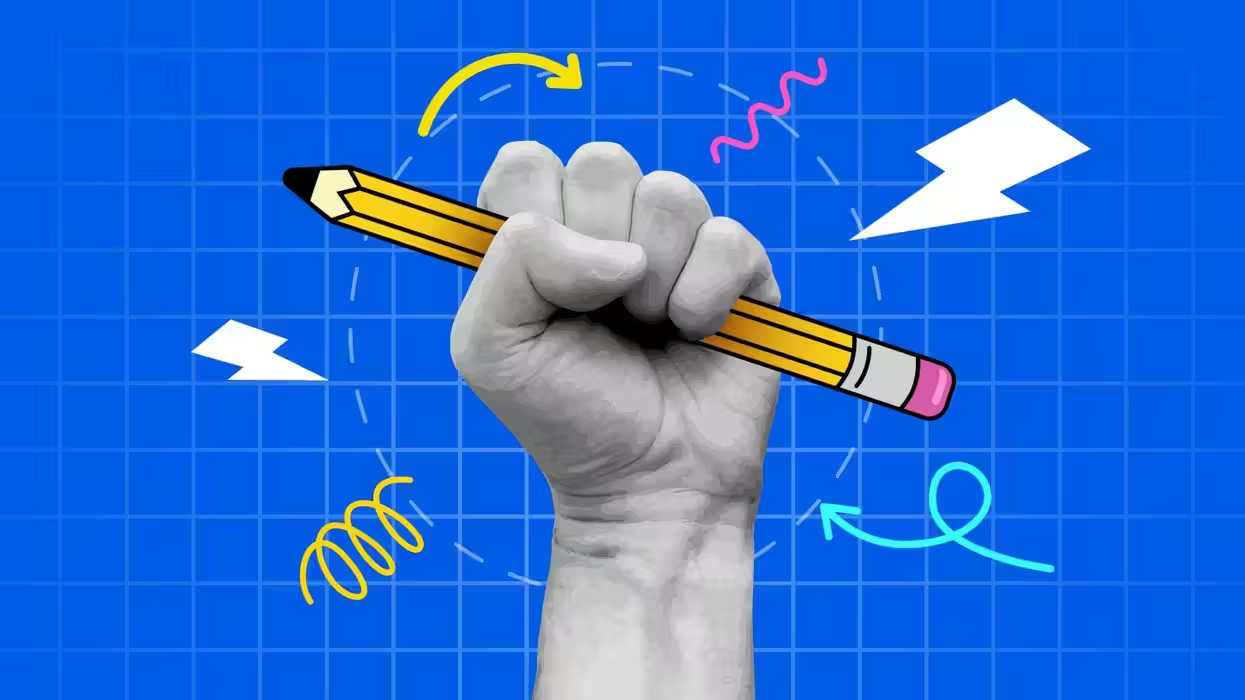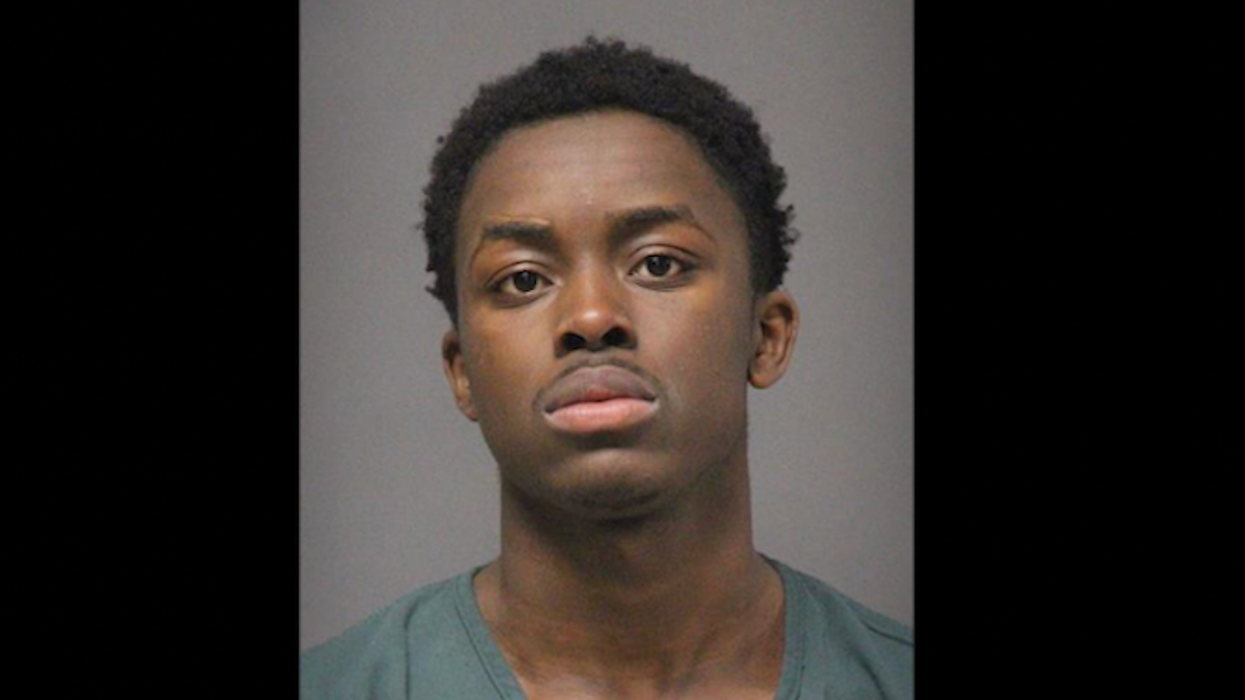
© 2025 Blaze Media LLC. All rights reserved.
Rare Supermoon-Eclipse Combo Won't Occur Again Until 2033 — Here Are the Pics and Video If You Missed It
September 28, 2015
"It's always interesting."
It was the first time both a total lunar eclipse and a so-called supermoon occurred on the same night in more than three decades. The next time these two events will coincide will be in 18 years.
So if you missed the rare astronomical phenomenon Sunday night into early Monday morning, depending on where you lived, or if weather obscured your view, here are some photos and videos of the stunning event.
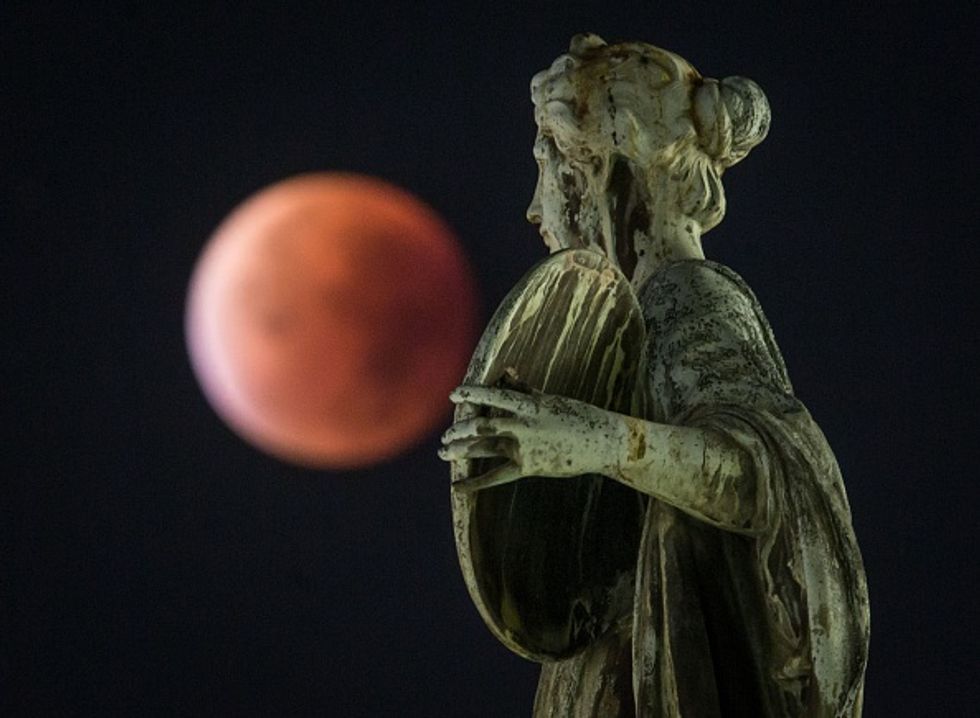
It was the first time the events have made a twin appearance since 1982, and they won't again until 2033.
When a full moon makes its closest approach to Earth, it appears slightly bigger and brighter than usual and has a reddish hue.
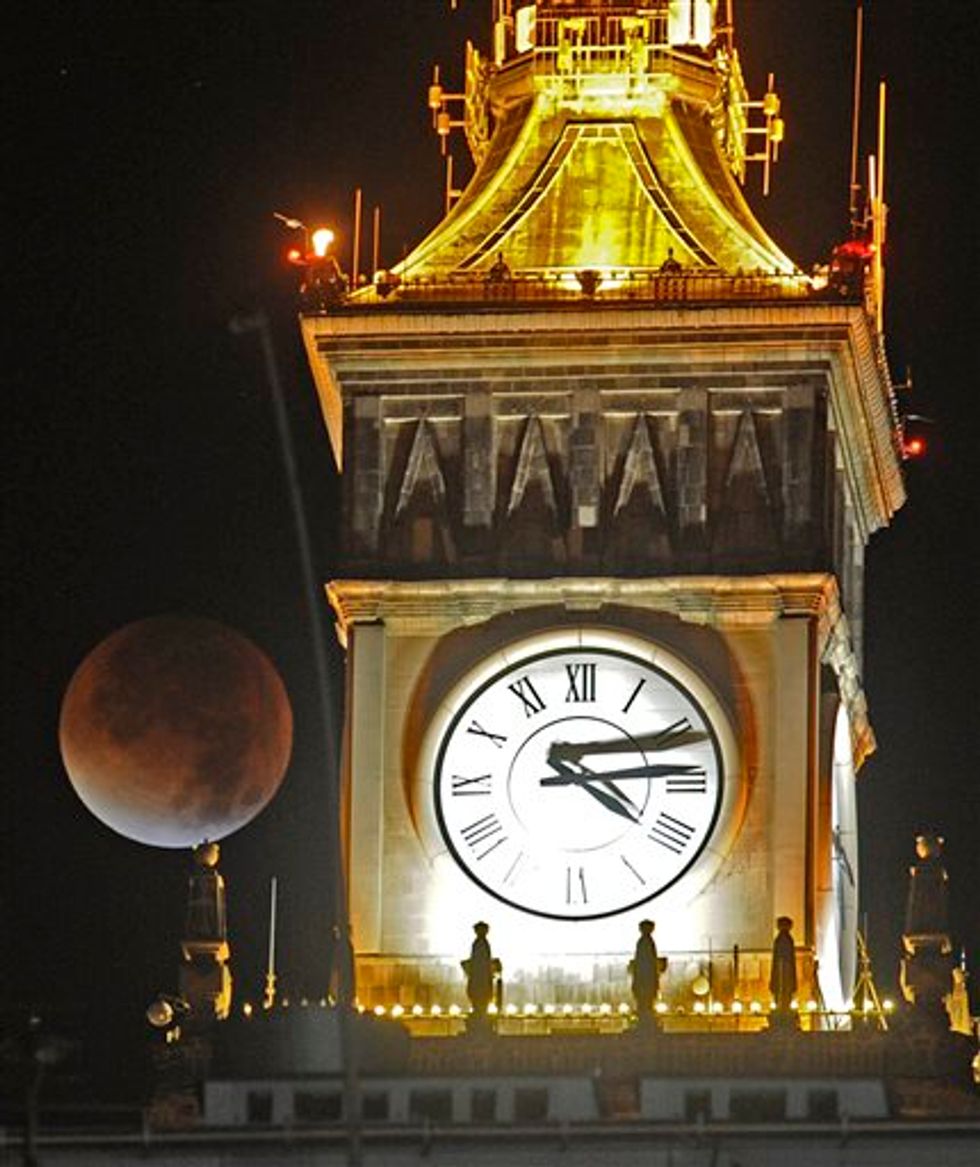
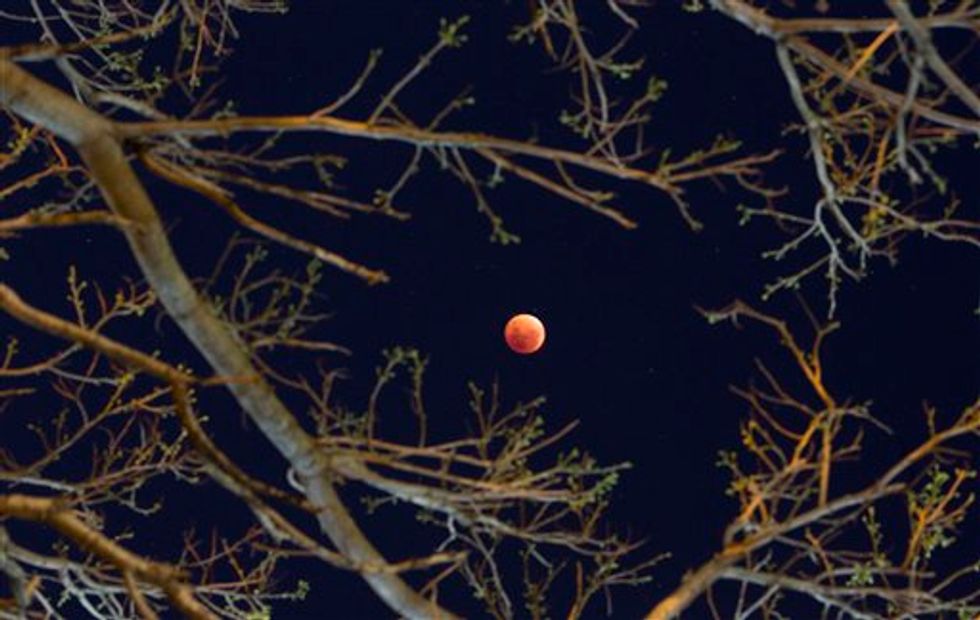
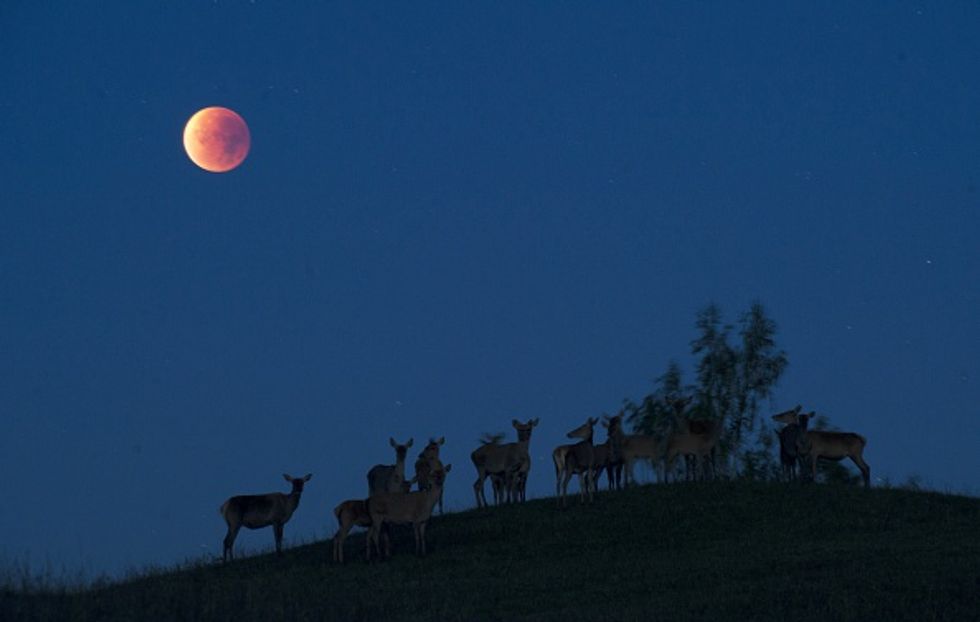
That coincides with a full lunar eclipse where the moon, Earth and sun will be lined up, with Earth's shadow totally obscuring the moon.
The event occurred on the U.S. East Coast at 10:11 p.m. EDT and lasted about an hour. In Europe, the action unfolded before dawn Monday.
In Los Angeles, a large crowd filled the lawn of Griffith Observatory to watch the celestial show while listening to Beethoven's "Moonlight Sonata" played by 14-year-old pianist Ray Ushikubo.
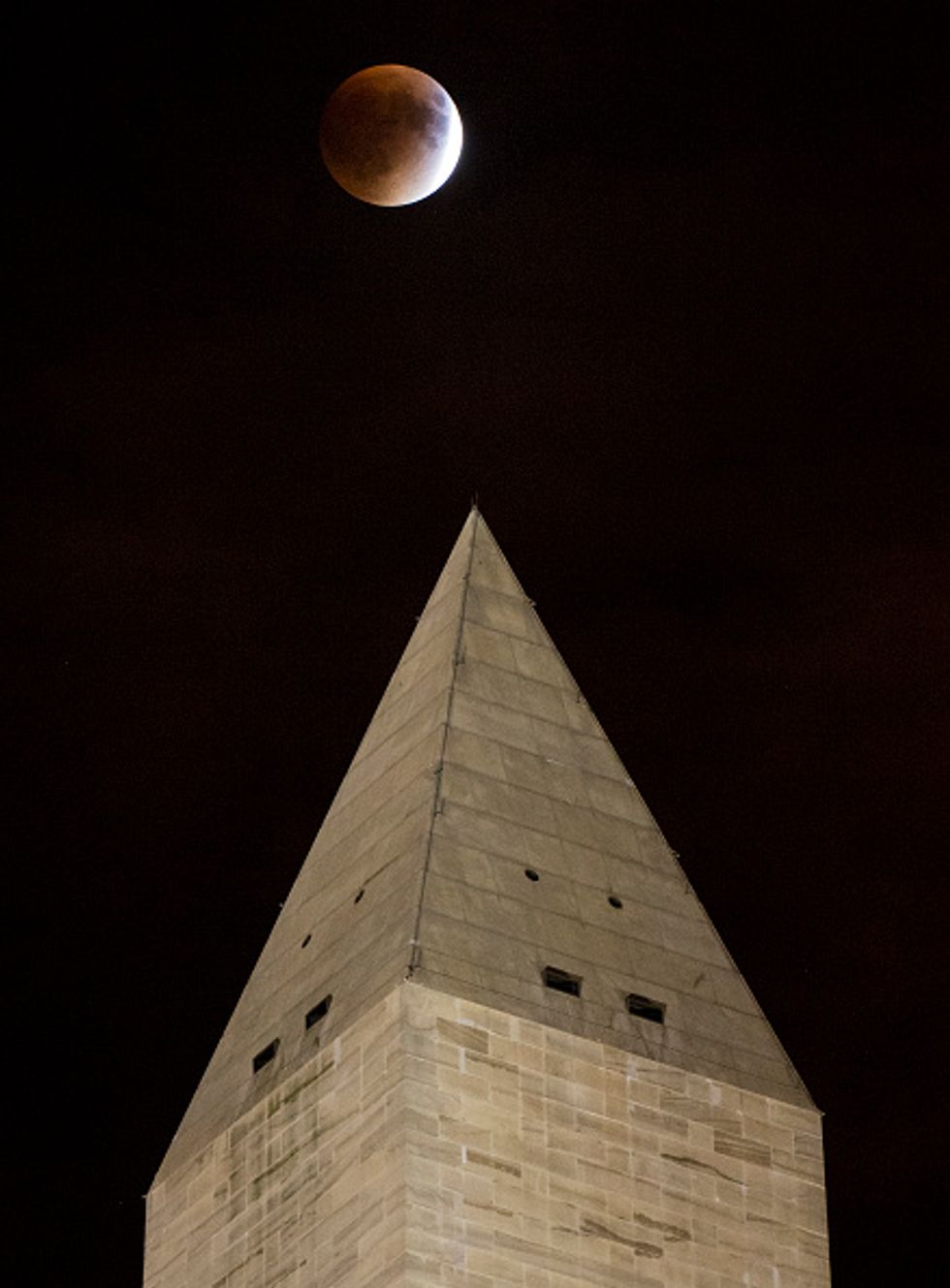
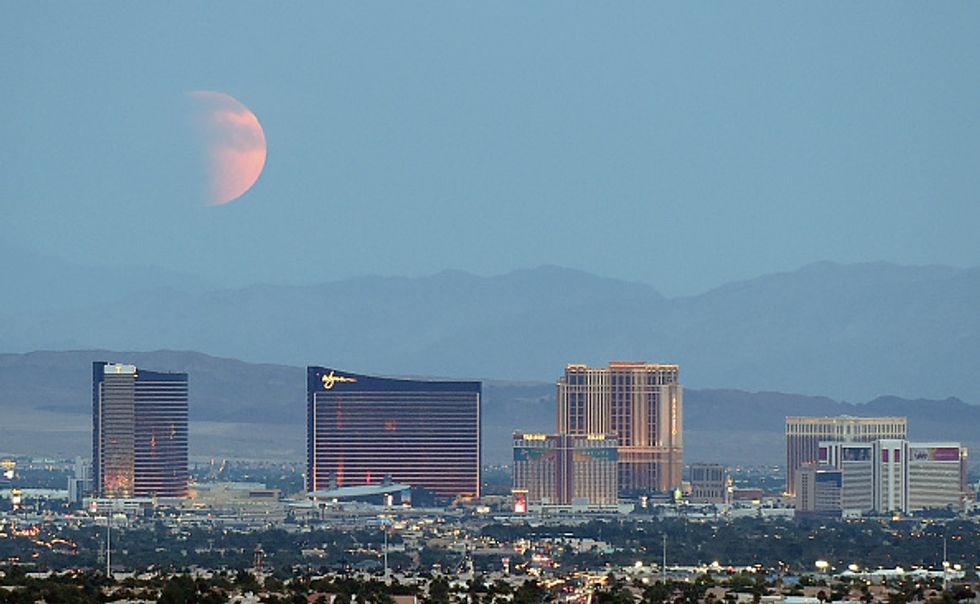
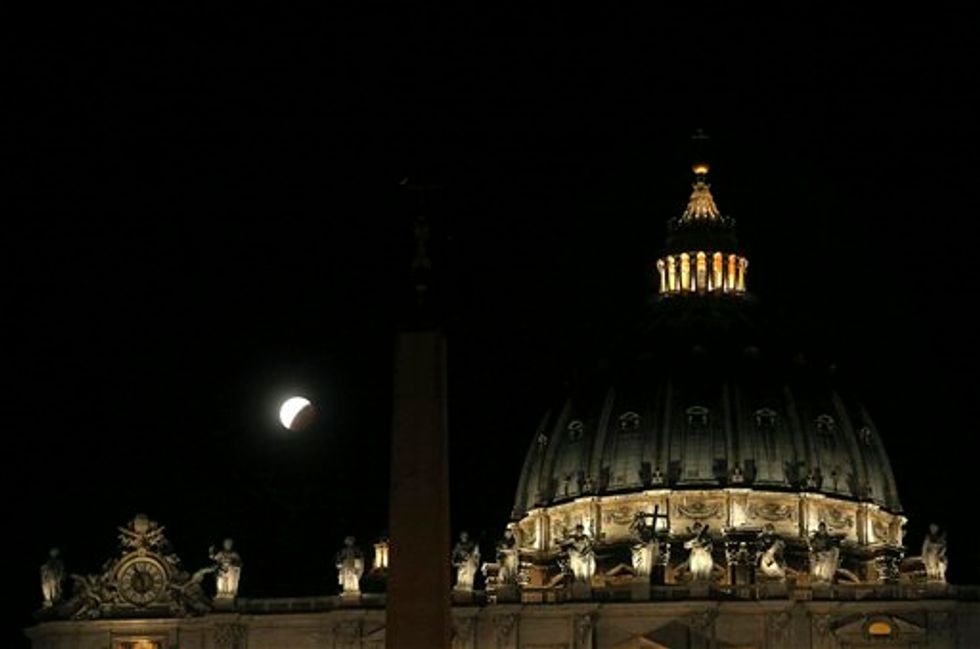
"You always want to see the eclipse because they're always very different," said astronomer Edwin Krupp, the director of the hilltop landmark.
Krupp said the additional component of the earth's atmosphere adds "all kinds of twists and turns to the experience."
"What we see tonight will be different from the last event: how dark it is, how red it is. It's always interesting to see," he said.
Here are some videos from the event:
From a religious standpoint, this event marked the fourth "blood moon" within two years, which some experts consider a prophetic sign. Here's more from TheBlaze's previous coverage of "blood moon" theories:
“God is trying to tell us something!” Texas pastor John Hagee, an advocate of the theory and the author of the 2013 book, ”Four Blood Moons: Something Is About to Change,” said in a statement this week.[...]
As TheBlaze has previously reported, Hagee has explained that “blood moons” are named for the reddish color that results when the Earth comes between the sun and moon.
It gets a bit complicated, but to boil Hagee’s theory down down: He contends that these purported messages from God are coming through tetrads that involve four separate blood moons all falling on Jewish holidays.
“It is rare that scripture, science and history align with each other, yet the last three series of four blood moons have done exactly that,” reads a description of Hagee’s latest book. ”Just as in biblical times, God is controlling the sun, the moon and the stars to send our generation a signal that something big is about to happen.”
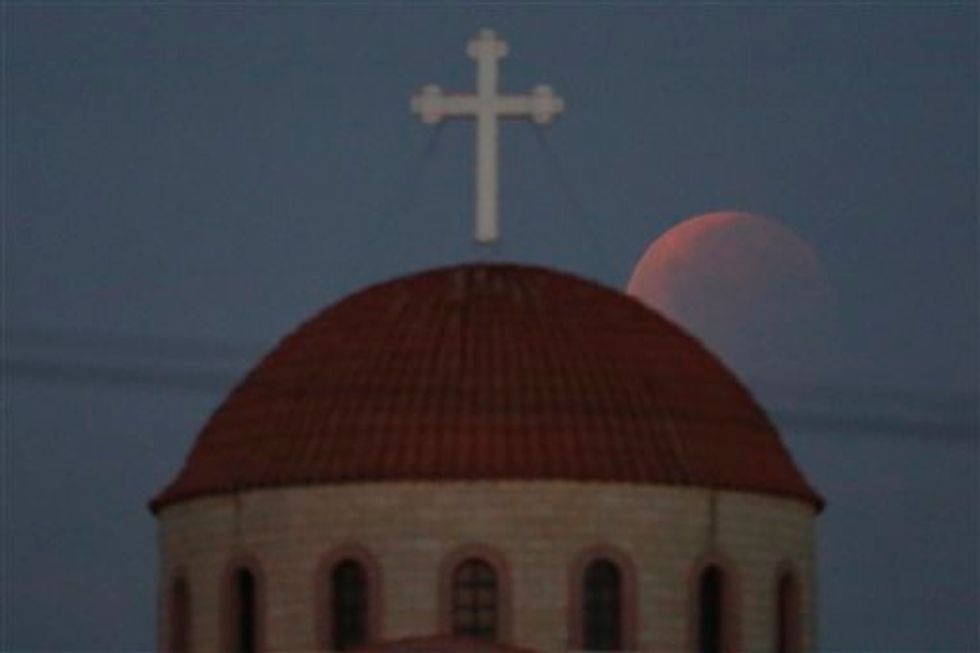
NASA explained in a recent post that the during a total lunar eclipse, the moon can appear red or brown because the sunlight reaching the moon "is refracted around the 'edges' of Earth, through Earth’s atmosphere," filtering out other colors except red. NASA went on to say that particulate matter in the atmosphere, such as from fires or volcanic eruptions, can cause an even more dramatic color.
Watch NASA's video:
—
The Associated Press contributed to this report.
Want to leave a tip?
We answer to you. Help keep our content free of advertisers and big tech censorship by leaving a tip today.
Want to join the conversation?
Already a subscriber?
more stories
Sign up for the Blaze newsletter
By signing up, you agree to our Privacy Policy and Terms of Use, and agree to receive content that may sometimes include advertisements. You may opt out at any time.
Related Content
© 2025 Blaze Media LLC. All rights reserved.
Get the stories that matter most delivered directly to your inbox.
By signing up, you agree to our Privacy Policy and Terms of Use, and agree to receive content that may sometimes include advertisements. You may opt out at any time.


